

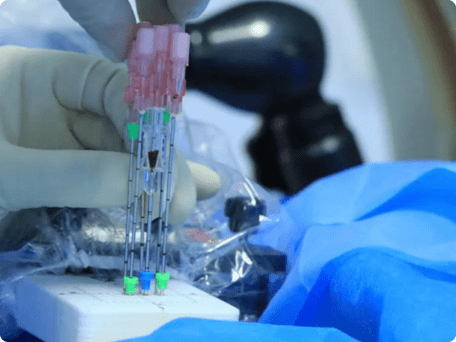

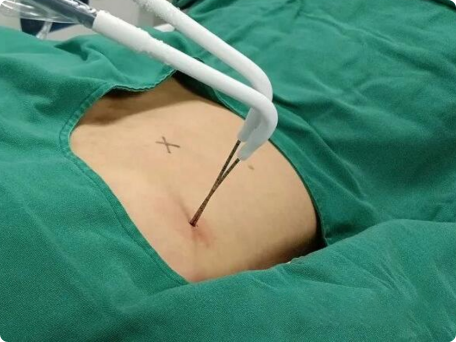



Surgery
The main methods of treating intracranial tumors is surgical removal to lower intracranial pressure, reduce tumor load, relieve symptoms, and create an opportunity for subsequent radiotherapy.

Radiotherapy
It mainly includes three modalities: conventional radiotherapy, intratumoral radiotherapy, and stereotactic radiotherapy, and the appropriate modality is chosen according to the sensitivity of different tumors to radiation.

Chemotherapy
It is usually used as an adjuvant treatment for malignant brain tumors, which can control the development rate of the disease and prolong the survival cycle of patients.
Minimally invasive therapy
1.No need for craniotomy, no damage to the important intracranial nerves, blood vessels, and other tissues.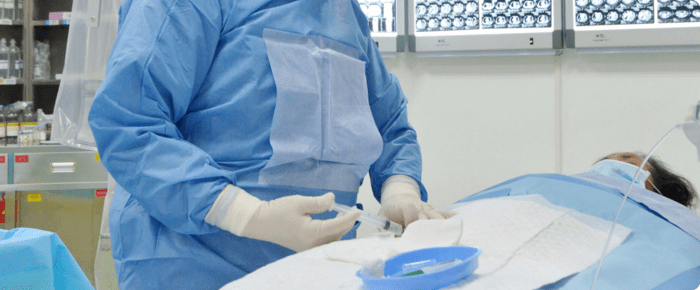

Craniotomy
1.High risk of surgical resection, which may produce complications such as stroke, functional area damage, bleeding, infection, and thrombosis.Radiotherapy
1.While irradiating tumor tissues, radiation also produces toxic side effects, such as nausea, vomiting, etc.Chemotherapy
1.Regarding the chemotherapy process of most cancers, patients need 8-24 times of chemotherapy, which is a lot of times and a long treatment cycle 2.Chemotherapy is ineffective and has many toxic side effects, such as nausea, vomiting, hair loss, etc.
Liu Yuansheng
Dean of Minimally Invasive Chief Specialist in Integrative Medicine Associate Physician
Member of the Standing Committee of the Expert Committee of the Minimally Invasive Tumor Therapy Committee of the China Anti-Cancer Association
Member of the Standing Committee of Interventional Minimally Invasive Professional Committee of China Medical Education Association
Member of the Standing Committee of the Professional Committee of Minimally Invasive Tumor Therapy, Guangzhou Anti-Cancer Association
Member of the Particle Therapy Professional Committee of the Minimally Invasive Tumor Therapy Professional Committee of the China Anti-Cancer Association
Patient: 63 years old, male
2013-11, physical examination revealed a tumor in the lung.
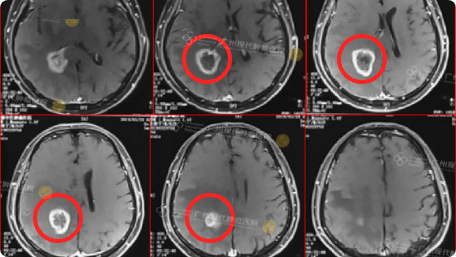 Before treatment
Head MRI, March 2019 (brain tumor circled in red)
Before treatment
Head MRI, March 2019 (brain tumor circled in red)
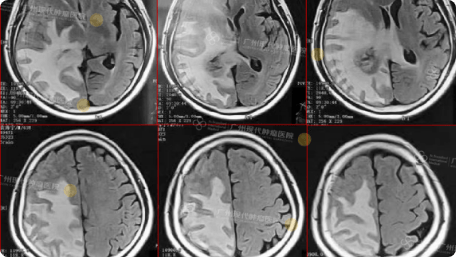 After treatment
In July 2019, the intracranial tumor had largely disappeared
After treatment
In July 2019, the intracranial tumor had largely disappeared